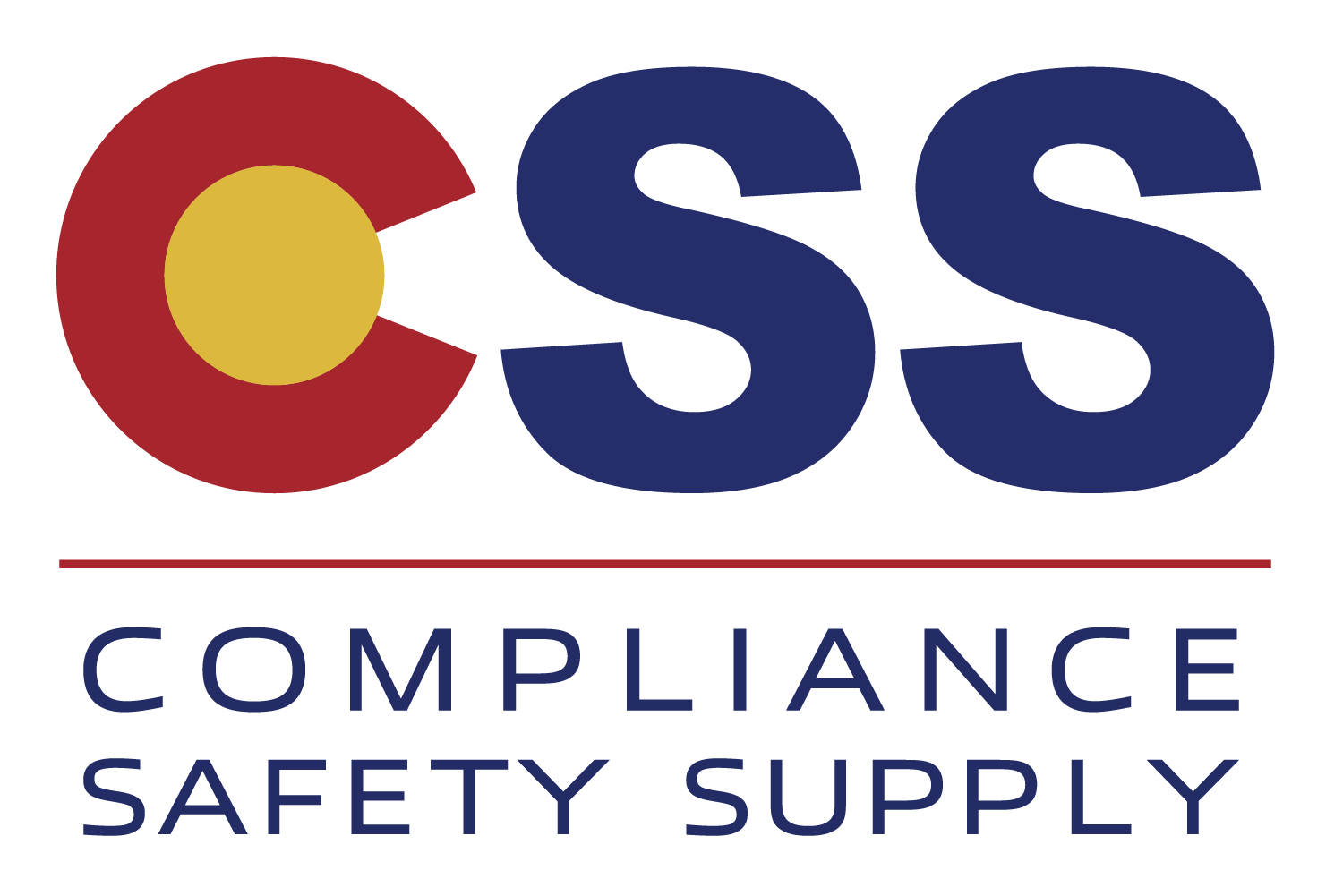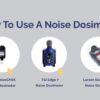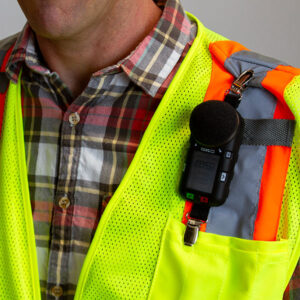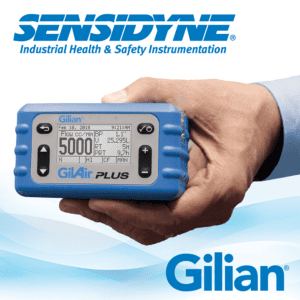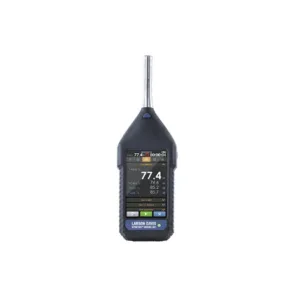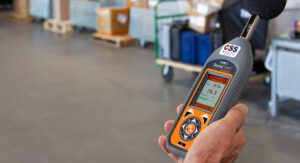- No products in the list
How to Use a Sound Level Meter: Step-by-Step Guide
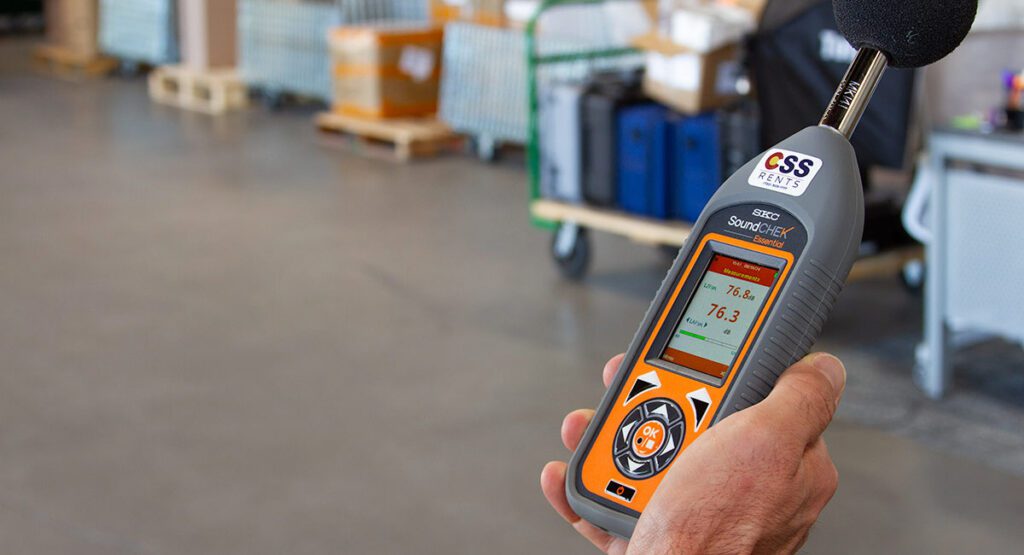
How To Use A Sound Level Meter: Step-by-Step Guide
Accurately measuring workplace noise levels is a key part of protecting worker hearing and maintaining regulatory compliance. One of the most effective tools for this task is a sound level meter (SLM) – a handheld instrument used to measure the intensity of sound in decibels (dB). These are some common uses of Sound Level Meters: identifying noisy equipment or processes, conducting area noise surveys, verifying noise control measures, documenting compliance for OSHA/MSHA standards, and performing environmental noise surveys for community or construction noise concerns.
Whether you’re monitoring operational noise, evaluating hearing protection zones, or conducting a full-scale noise survey, understanding how to properly use a SLM is critical. In this guide, we’ll walk through the steps of how to effectively use a sound level meter.
Sound Level Meter User Steps Guide
Follow this step-by-step checklist to collect accurate data from your workplace.
Step 1: Rent or Purchase a Sound Level Meter
There are some considerations that come into play when deciding which SLM to use. Here are some questions to ask yourself- Do I need type 1 (class 2) or type 2 (class 2)? Do I need Octave Band filters? Do I need a tripod or weatherproof enclosure?
-
- Type 1 vs Type 2: Type 1 Sound Level Meters are more precise and typically are required for Environmental Noise Surveys
- What is Octave Band? Octave band is used to identify the frequency specific noise. Not all SLMs come with this filter, so make sure to confirm whether or not you require this functionality.
- Why would I need a tripod or weatherproof enclosure? If you are looking to measure noise in the same area for a prolonged period of time, a Tripod is recommended so you do not need to hold the SLM in your hands all day. If you’re performing spot checks in a facility, a tripod would not be necessary. A weatherproof enclosure is necessary if the SLM will be exposed to any harsh weather conditions.
Click here to see our rental Sound Level Meter offerings. Compliance Safety Supply has a wide variety of Sound Level Meters available for rent or purchase.
Step 2: Prepare Equipment Before the Test
-
- Charge the SLM the night before monitoring or ensure the batteries are new and full.
- Install software (PC or mobile app) from the manufacturer.
- Check settings for date and time.
- Select settings for your measurement goals – weighting (use A-weighting (dBA) for general environmental or occupational noise exposure), response time (choose “fast” for rapidly changing environments or “slow” for steadier sources), range (make sure the expected sound level falls within the meter’s dB range).
Step 3: Perform Daily Calibration
-
- Use an acoustic calibrator (usually 114 dB @ 1 kHz) – included with Sound Level Meter rentals. The calibrator attaches to the SLM microphone and will automatically settle around 114 dB.
- Calibrate the SLM before use to ensure data accuracy and help with audit documentation.
Step 4: Position the SLM Correctly
-
- SLMs should be held around “ear level” and away from reflective surfaces. For environmental surveys, the meter should be mounted on a tripod in an open area with no obstructions (ideally 3-5 feet above the ground)and away from reflective surfaces.
Step 5: Turn on SLM and Begin Measurement
-
- Turn on the device.
- Press start and begin running measurements for the desired duration.
Step 6: Stop Measurement and Review Data
-
- Once you press stop, you can review the dBA levels directly on the screen, connect to PC software/mobile apps for deeper analysis, and export reports for documentation or regulatory compliance
How Can We Help You?
At Compliance Safety Supply, we offer factory sound level meters from a range of top Manufacturers like TSI, Larson Davis, and SKC. All rentals include free user setup support and come standard with an acoustic calibrator. Call us at (720) 303-1777 or email service@compliancesafetysupply.com for more information.
4800 Dahlia St, C9
Denver, Colorado 80216
June 4th, 2025
